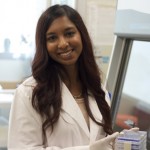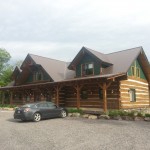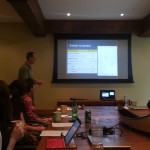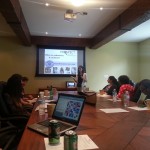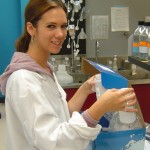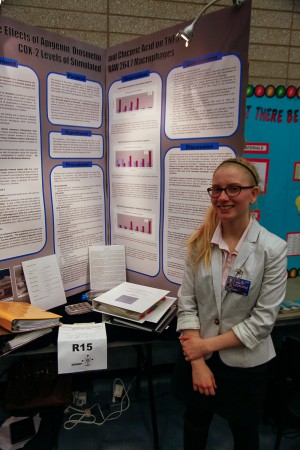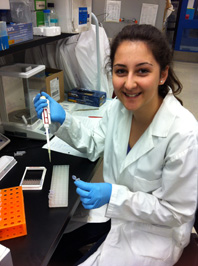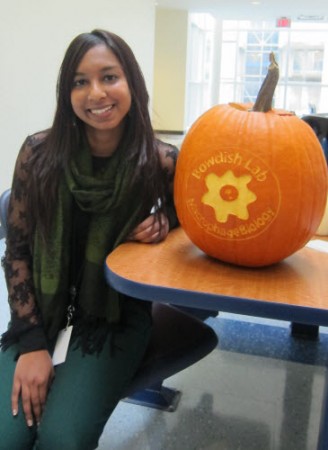Last year I had the incredible honour of winning the Pfizer-Lung Association award (+Canadian Lung Association ) research award for my work on preventing pneumonia in older adults. I got to attend the Breathe Gala, a major fundraising effort for the Ontario Lung Association. I was absolutely humbled to be standing beside these three women, Helene Campbell, double lung transplant recipient and idiopathic pulmonary fibrosis patient, Ann Marie Cerato, lung cancer survivor and Kayla Baker who had pulmonary fibrosis and at that time was waiting for a lung transplant. These woman who had or were battling incredibly devastating lung disease were there with a common message “More money for lung research”. I really couldn’t believe how selfless they were, as they were well aware of how slow basic research can be, and how they might not see changes in their lifetime. They knew, as all of us in lung health know, that lung research is underfunded, especially when one considers how much the economic and personal costs are and were using their voices and stories to rally the cause and without more funding health outcomes for people with pulmonary fibrosis, lung cancer or lung infections would be grim. I was inspired by them and have tried my best to take up the cause and become an advocate for lung health.
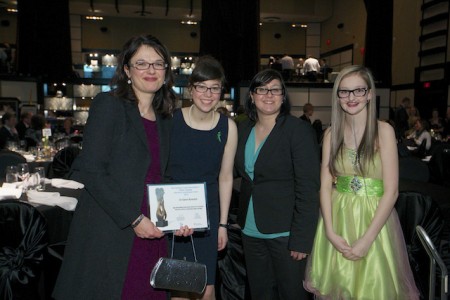
Dawn standing beside the real heros of the event, Helene Campbell, double lung transplant recipient and idiopathic fibrosis patient, Ann Marie Cerato, lung cancer survivor and Kayla Baker sarcoidosis patient waiting for a lung transplant.
I think the whole lung family was devastated when Kayla passed away last year and inspired by her mother Susan’s commitment to continue raising money for lung research.
Below is a bit about Kayla’s story and a link to fund a research award in her name. I was proud to donate and I hope you will consider it to, even $5 or $10 dollars will add up and send Kayla’s message “More funding for lung research.”
About Kayla
Kayla Baker was a true lung warrior…through her unwavering commitment to building awareness of the importance of lung research.
Kayla Baker was diagnosed with Pulmonary Fibrosis, a rare lung disease at the age of 11. This disease is the consequence of chemotherapy she received when she battled cancer, starting at the age of 18 months old. This is when Kayla began a long relationship with SickKids Hospital, becoming a young ambassador for the hospital, helping to generate awareness for organ donation and the need for improvements in medical research and patient care.
A couple years later, we were privileged at the OLA to have Kayla and her mother Susan enter our lives. Kayla became a true lung champion, committing to the cause and speaking publicly about her condition and the need for greater investments in lung research. More recently, Kayla and her mother were featured in a successful national direct mail campaign. She never tired of speaking out on her fight for life in the hopes of helping others. And when Kayla spoke, people listened.
Sadly, Kayla passed away this past Christmas. She leaves behind a memory for all those who have known her of a young girl that personified courage and bravery…and someone that continues to inspire and generate hope.
The Kayla Baker Research Award is being established in her memory.
http://breathingasone.kintera.org/faf/donorReg/donorPledge.asp?supId=0&ievent=1109594&lis=1&kntae1109594=8C885C032AC34294BA69FD22C8CED225&team=
